Drury-Chaney Loop and Grieg-French-Bell Loop
Humboldt Redwoods State Park
Click for map in new tab.
Humboldt Redwoods has some long trails and great redwoods along Bull Creek, but I decided to take a day to see things on the auto tour along Avenue of the Giants. My first stop was a pair of loops at the north end. I must admit, my motivation to stop in this area was that I found out there is an "albino" tree nearby, but I wandered the advertised routes before going after that special treat. The Drury-Chaney Loop is a stop on the tour and is an accessible lollipop of a loop trail. It is 0.8 miles to the loop and 2.4 miles for the round trip. I found the curves banked so much it put me in mind of some rough racing event and one tree was down nearly to the loop, but a hardy wheeled traveler might still be able to make it. Hopefully soon without the tree.


These auto tour stops include interpretive signs such as the one seen on the right in the first picture. This one was talking about how the park has been buying historic tree covered areas and replanting them since the 1980s. While the first few trees by the road, covered in a bit too much ivy, don't give a very good impression, that's not what this trail is going through. The grove itself was dedicated a little earlier than that and there are some pretty big trees within.
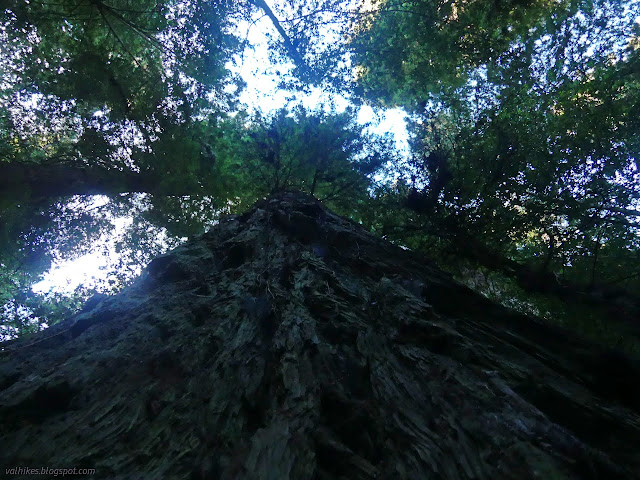

I went clockwise when I got to the loop. A tiny stream runs through the forest and the trail immediately crossed it. For most of the loop, that stream discourages anyone deciding to shortcut the route.
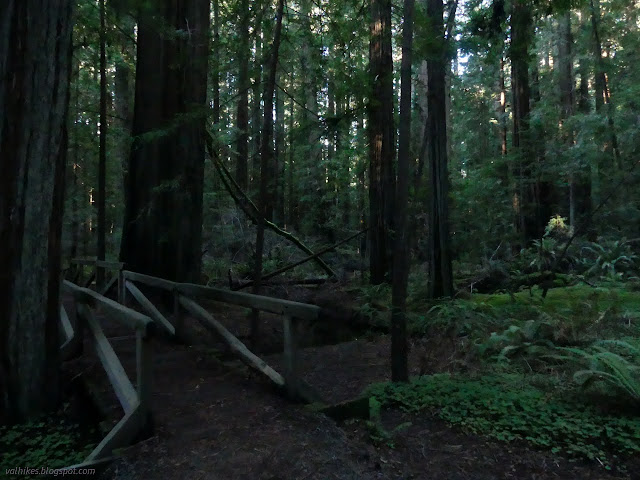
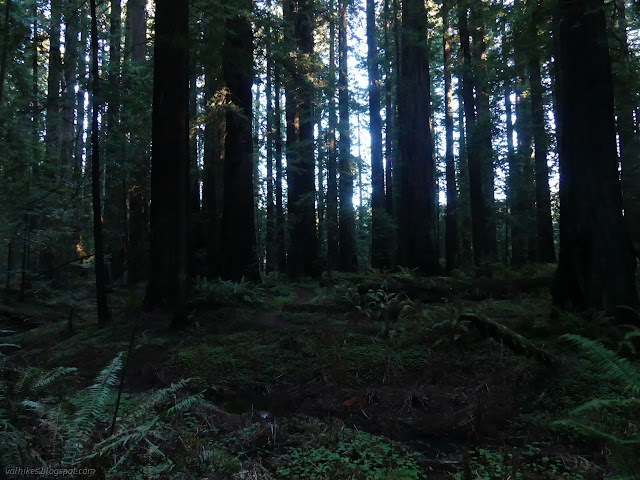

After an hour the sun was getting high enough to actually light the forest some. It had already been up more than two hours.


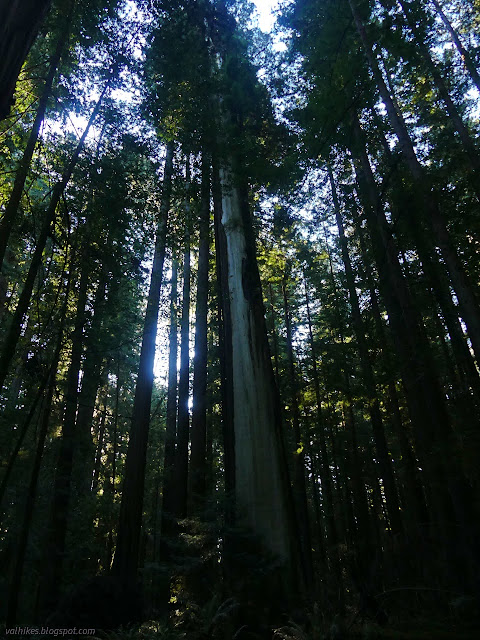
My next stop a short way further along the road at another turnout. This one is not a stop on the auto tour and not paved, but the park map shows a smaller loop trail. This is not an accessible trail and seemed to be more of a free for all. I really tried to loop around it as prescribed and did encounter some interpretive signage, but after that, things just fell apart.



The sign calls this a girdled tree and explains that the tree had its bark stripped to be reassembled at the Epworth League convention for an information booth. The stripping goes halfway around the tree, so not actually girdled, and the tree still lives. I found it interesting that half of the stripping shows bark regrowing over the exposed wood from the top. It was done in 1901 and the tree has put on over a foot of bark at the edge of the cut.

When I got back to the start, I made a second attempt to follow the loop from the right hand side, but this was even less effective. People go everywhere and they do it a lot.
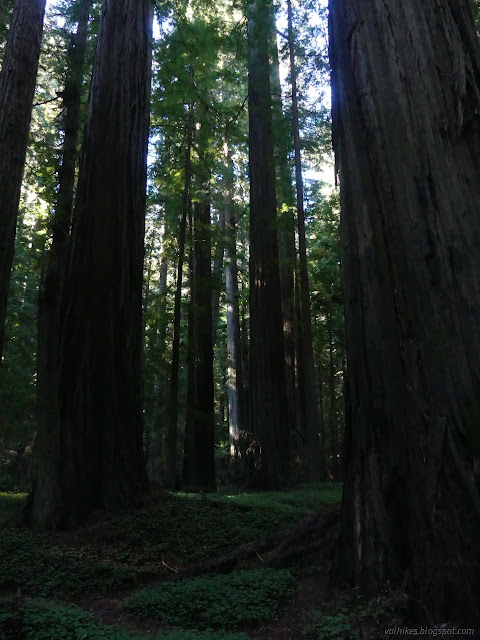
Just a little further south in the next turn out, it was time to go find that albino redwood tree. I found the location via geocaching. (GC190X6 actually has waypoints for two of these trees.)

There are actually two of them at this location. Both are root sprout from a much larger tree, so it is easy to see where they are getting their nutrients since they lack chlorophyll. They have a very scruffy look of growth as though they are desperately trying to get something out that works, leaving a lot of dead twigs within. This growth pattern can sometimes be seen with green root sprout too, so that may not be the impetus.

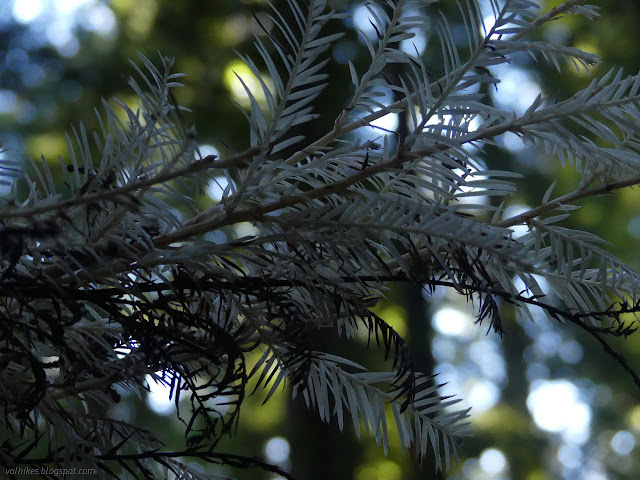


*photo album*
©2022 Valerie Norton
Written 6 Feb 2022
Liked this? Interesting? Click the three bars at the top left for the menu to read more or subscribe!




Comments